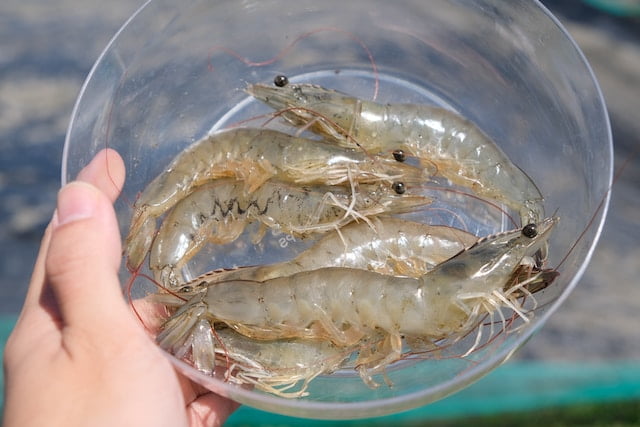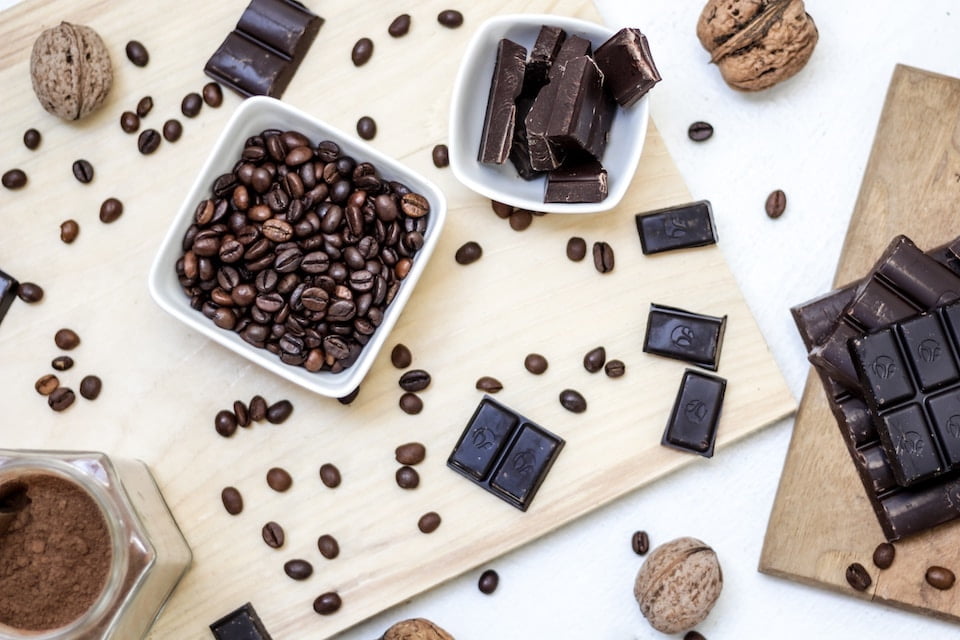Table of Contents
We live in an ever-changing world. And when you look at what is happening to the environment, it is clear that those changes may not be good for the future of our planet.
But where do our diets and food choices fit into that future?
Can the foods we eat really have much of an impact on our earth?
The sad truth is that what we put into our bodies not only affects us but the world around us. And it is our duty to at the very least consider our options and how they may be shaping the future.
It can be daunting when you begin to delve into the ways in which how food is grown, raised and created has an impact on the environment. It can even feel like there is no right answer. The reality is that there is no right answer, only what is right for you. You have to make those decisions based on what is best for the earth but also for your individual body and situation. It can be easy to preach a plant-based, meat-focused or organic lifestyle but that may not fit everyone’s needs and even wallets. Fortunately, it can be a good start to better understand how the foods we eat can make such a difference so that you can make educated choices.
The Elephant in the Room: Meat
For those who choose to include animal products in their diet, there is a glaring problem: the raising of animals for food has a huge carbon footprint. For some, this is reason enough to go vegetarian or vegan. For others, it is not an option for their long-term health to completely eliminate these food groups. It can be difficult to get enough of certain nutrients that are adequately bioavailable without animal products, including omega-3 fatty acids, vitamin A, vitamin B12, vitamin D and iron. And you may have to work harder at getting adequate protein without meat and dairy but there are many high-protein plant-based foods. In most cases, it is best to avoid eating too much plant-based meats for protein. But of all food that humans consume, meat creates the most greenhouse emissions. And beef and lamb make up half of all emissions from farmed animals.
It is important to note that meat comes in different levels of impact and there is a huge variance between these. Grass-fed beef is thought to produce less greenhouse gasses because the soil helps sequester the carbon. While there is an argument that grain-fed beef grows larger faster, therefore producing less methane (a major greenhouse gas), cows fed corn require antibiotics, increasing the chance of human antibiotic resistance. The demand for organic meat is on the rise, making it easier to find. Again, organic meat contains no hormones or antibiotics but there is some question as to the sustainability of organic meat versus conventional meat.
A few years ago, a study was published that claimed that organic meat, dairy and produce was not only not better for greenhouse gas emission but that in some cases it was worse. This outcome was based on organic farms and ranches yielding less food and therefore requiring more land to produce the same amount as conventional food production. But this study has been heavily disputed by groups who point out that the study did not take into account soil improvement by organic farming and ranching. Nor did it factor in that larger-scale organic food production would increase yield over time.
The Little Creature We’re Talking About

While meat like beef and lamb is a big part of the carbon emissions conversation, a smaller animal could be causing nearly as much of a problem but is not discussed as often.
The farming of shrimp and prawns, depending on how they are raised, can impact our planet’s climate just as much per serving as beef. The problem stems from where the farms are set up, often in what was previously a mangrove forest, especially in Latin America and Asia. In addition to eliminating the trees that help reduce greenhouse gasses, carbon from the soil is released when the forest is destroyed. Additionally, these shrimp farms can only be maintained for about five years before they are unfit for shrimp farming and more land needs to be utilized. Wild-caught shrimp from North America is a better option but for the latest source for the most sustainable seafood, check out www.seafoodwatch.org.
Local Versus Not
There has been a lot of fuss over how far away your food comes from and for good reason.
Some meats and even produce may come from one continent, be processed in another and end up being sold in a third continent altogether. When you think about how long and far that food has traveled, you can’t help but wonder the environmental consequences. While transporting foods may not make up as much of the greenhouse gas emissions of food production as you might think, it is higher than previously thought.
A study last year found that, despite earlier estimates that put transportation at around 5% of emissions from food, we now know that it is closer to 19%, or nearly a fifth. And almost half of that came from transporting within the same country. The large quantity of land, the emissions from the animals, fertilizer and machinery, and the growing of animal feed that accounts for a majority of the rest of the emissions, from both animal and plant foods. On top of that, buying local allows you to support nearby farmers, have better access to fresher food, get to know the farming strategies of those farms and you can rest assured that what you are eating is actually in season.
Want to go a step further? If you have the space and time, growing your own food gives you the most power over what goes into your body and also what goes out into the atmosphere. It doesn’t get more local than that!
Delicious Vices

Some of the world’s most delicious foods also happen to be the ones that only grow in very specific places.
Food like chocolate and coffee are grown in areas that have the perfect balance of sun and moisture, making the countries along the equator the most common origins. But the demand for these delicacies over the years has increased production beyond what might be sustainable and the result has become deforestation. Add to the problem that many cacao and coffee farms and plantations are not paid a fair price, eliminating the chance for them to implement sustainable but expensive farming practices.
Waste Not, Want Not
Where we shop and what we eat are only a part of the solution to improving our environment with our food choices. One of the biggest ways in which we can make smart environmental choices is by reducing food waste.
Some estimates anywhere between a third and 40% of food in America ends up in the trash. Some of that is out of the consumers’ hands due to farms tossing some, a percentage that is ruined by transportation and a fair amount that is not “pretty” enough to put on shelves. But there is plenty we have control over, like not buying what we don’t need, buying imperfect foods, finding ways to use the less desirable parts of foods (think broccoli stalks and potato skins) and being adamant about using up the foods already in our homes. Composting food scraps and anything that has gone bad is a much better option than just throwing food in the trash because food that ends up in landfill releases methane into the atmosphere. Many cities and towns now offer composting either for free or for a fee, and some people choose to compost for their own gardens.
The worst thing you can do is drive yourself crazy trying to do everything perfectly when the fact remains that you have to do what’s best for you, your family, your life. You can feel overwhelmed, or you can educate yourself and feel good about any changes, big or small, that feel right for you. Sticking your head in the sand or feeling guilty no matter what you choose are not healthy choices in the long-term.
We are all sharing this planet together so go easy on yourselves and each other while looking for realistic ways to make a difference.
About the author: Maya Strausberg earned her Master Nutrition Therapist certification from NTI before starting her nutrition therapy private practice. She now offers writing and editing services for nutritionists and other health practitioners around the world through her business, Family Tree Nutrition.
Images:
- Image by Vonvix on Unsplash
- Image by James Tiono on Unsplash
- Image by NordWood Themes on Unsplash





More Stories
The One Thing You Should Never, Ever Do if You Have Insulin Resistance and Want to Lose Weight
Tuna Salad Lunch Box – JSHealth
Advanced Wellness Course – Heart Health